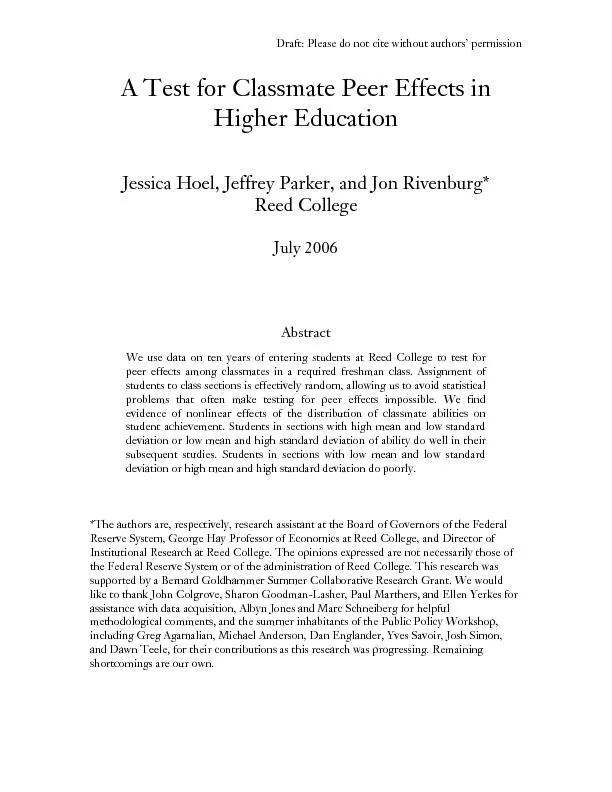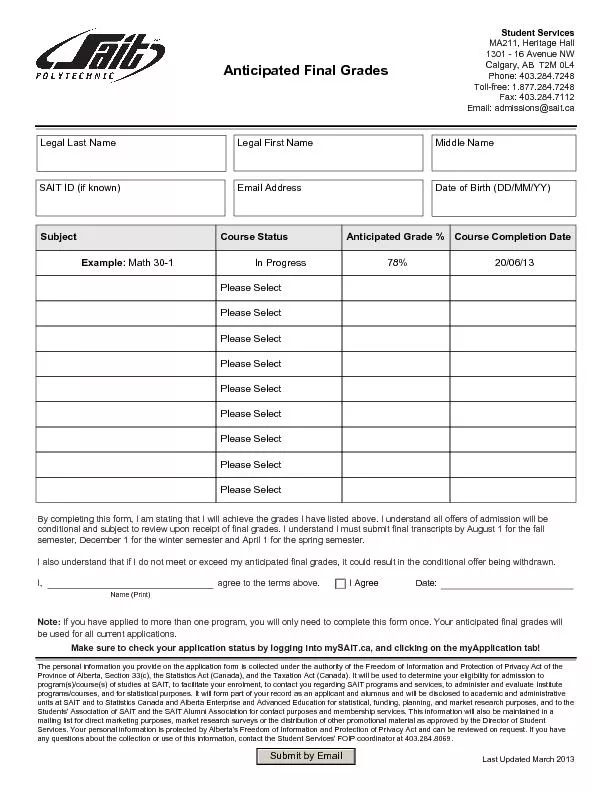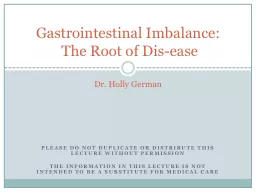PDF-Work in Progress: Please do NOT distribute or cite without my permissi
Author : marina-yarberry | Published Date : 2016-03-08
The Four Major Contemplations of the Nyoirin Cintx0101 ma x1E47 i cakra Rite All standard rites in the Shingon ritual tradition feature a set of four co n templations
Presentation Embed Code
Download Presentation
Download Presentation The PPT/PDF document "Work in Progress: Please do NOT distribu..." is the property of its rightful owner. Permission is granted to download and print the materials on this website for personal, non-commercial use only, and to display it on your personal computer provided you do not modify the materials and that you retain all copyright notices contained in the materials. By downloading content from our website, you accept the terms of this agreement.
Work in Progress: Please do NOT distribute or cite without my permissi: Transcript
Download Rules Of Document
"Work in Progress: Please do NOT distribute or cite without my permissi"The content belongs to its owner. You may download and print it for personal use, without modification, and keep all copyright notices. By downloading, you agree to these terms.
Related Documents














